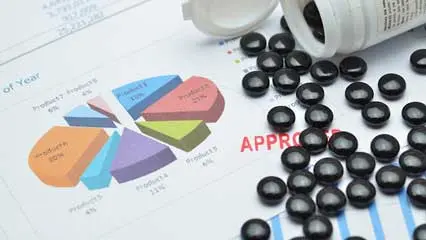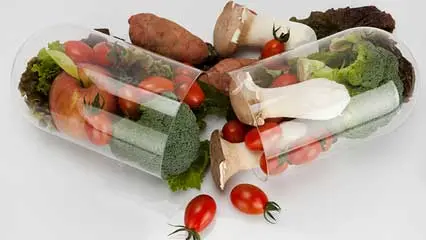Global Cooking Wine Market is projected to be worth 532.48 million by 2034 and is anticipated to surge at a CAGR of 3.26%.
Cooking wine is a specifically made wine that is used to improve the flavor of food while it is being cooked. Unlike ordinary drinking wine, cooking wine frequently has preservatives and salt added to prolong its shelf life and make it more suited for cooking. In many different recipes, such as marinades, soups, stews, and sauces, it is frequently used to enhance the tastes' depth, acidity, and richness. Each sort of cooking wine, including red, white, sherry, and Marsala, is appropriate for a particular dish. Although it isn't usually used as a beverage, cooking wine is essential to both ordinary and gourmet cooking.
Drivers: The increased interest in home cooking and culinary arts, which is being stimulated by online tutorials, food influencers, and cooking programs, is driving the cooking wine industry. The demand for culinary supplies like wine has increased as a result of customers experimenting with gourmet-style meals at home due to changing lifestyles and rising disposable incomes. Another major factor driving market expansion is the growing food service sector, which includes eateries and catering services. Additionally, wine's use has increased due to the growing popularity of ethnic cuisines that employ it as a main component in marinades and sauces. The availability of a wide range of cooking-specific wine types and enhanced packaging options help to further assist market development in both developed and emerging markets.
Challenges: A number of obstacles impede the expansion of the cooking wine business. Confusion and limited acceptance are frequently caused by consumers' ignorance of the distinction between cooking wine and normal wine. Because cooking wine has extra salt and preservatives, health-conscious customers also choose to steer clear of it. Additionally, the availability of alternatives such as vinegar, lemon juice, and broth lessens the need for cooking wine in recipes. Production and distribution are made more difficult by legal limitations and labeling specifications pertaining to alcohol concentration. Additionally, demand is still low in areas where alcohol use is low for cultural or religious reasons, which makes it challenging for producers to enter these markets.
Market Trends: The growing demand for gourmet cooking experiences and personalized culinary solutions is driving significant trends in the cooking wine market. The shift toward home-cooked meals and customized flavour profiles has further boosted the adoption of cooking wines tailored for specific cuisines and recipes. Manufacturers are focusing on enhancing product quality by reducing artificial additives and integrating natural, health-conscious ingredients. There is also a growing preference for organic and preservative-free cooking wines that offer better taste and health benefits. Sustainability is emerging as a key focus, with research exploring eco-friendly packaging and production practices. Additionally, innovations such as infused cooking wines and convenient packaging formats are gaining traction.
Global Cooking Wine Market Key Players:
AAK AB, Batory Foods, ECOVINAL, S.L.U, Elegre, Iberica Export, Marina Foods, Inc, Mizkan America Inc, PALMETTO CANNING, Roland Foods, LLC, Stratas Foods, and The Kroger Co are just a few of the major market players that are thoroughly examined in this market study along with revenue analysis, market segments, and competitive landscape data.
Global Cooking Wine Market Segmentation:
By Product: Based on the Product, Global Cooking Wine Market is segmented as; Dessert Wine, White Wine, Red Wine, Others.
By Application: Based on the Application, Global Cooking Wine Market is segmented as; B2B, B2C.
By Region: This research also includes data for North America, Latin America, Asia-Pacific, Europe, Middle East & Africa.
This study also encompasses various drivers and restraining factors of this market for the forecast period. Various growth opportunities are also discussed in the report.





































